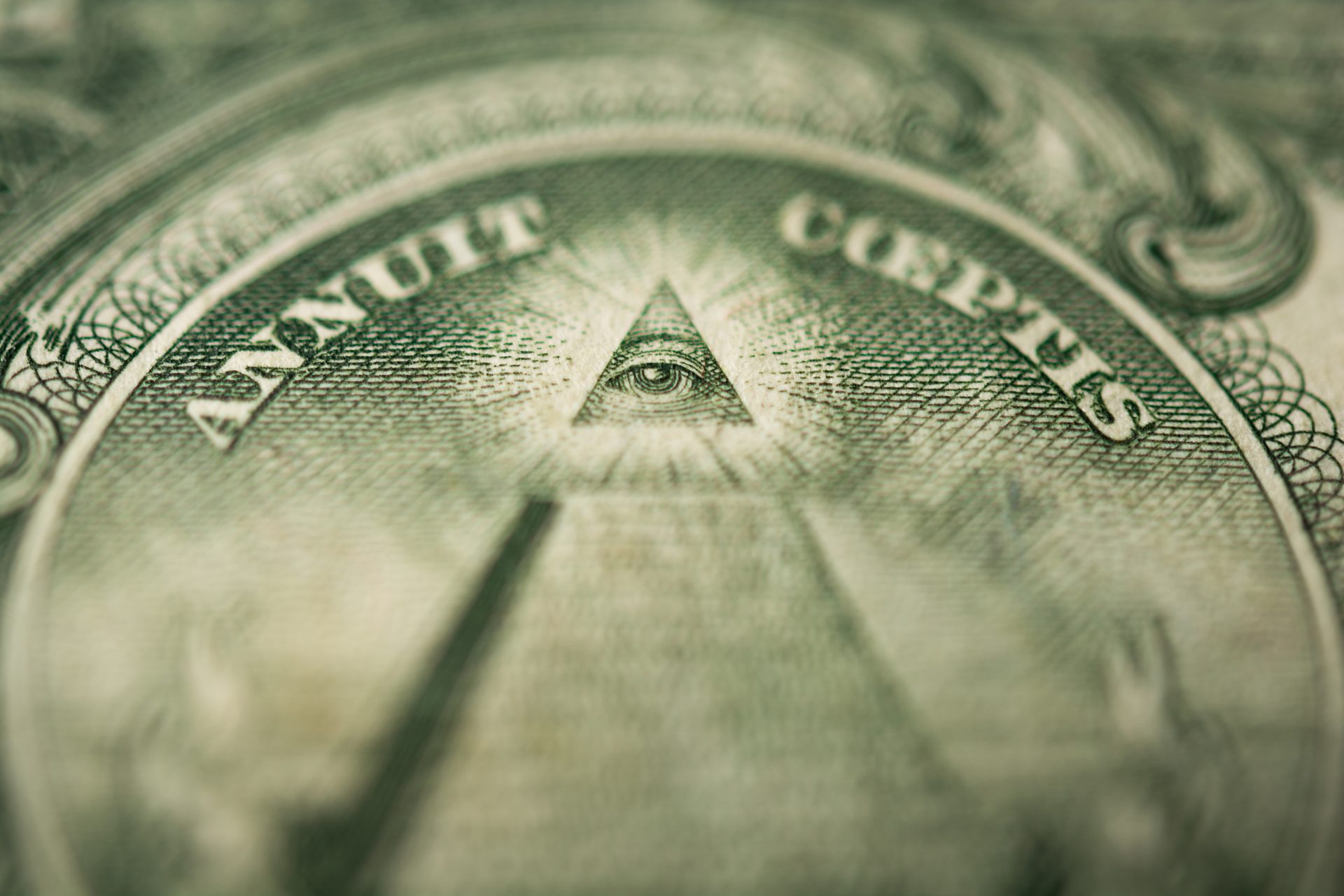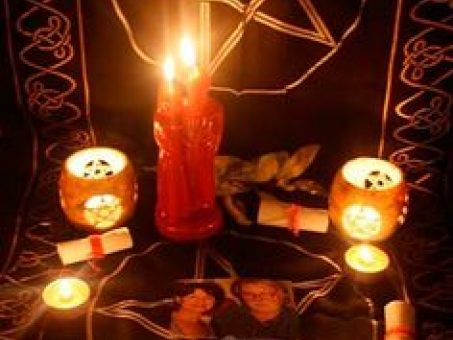A Simple Guide on How to Join a Masonic Lodge Locally
A Simple Guide on How to Join a Masonic Lodge Locally
Blog Article
Discover the Tricks Behind the copyright and Their Impact on Society
The copyright, commonly shrouded in misconception and supposition, offers a remarkable case study of just how historical suitables can morph right into modern conspiracy theory theories. As we discover its origins, influence on revolutionary thought, and portrayal in modern culture, we begin to discover the layers of intrigue that continue to astound culture.
Origins of the copyright
The copyright, often shrouded in mystery and speculation, traces its origins back to the late 18th century. Established in 1776 in Ingolstadt, Bavaria, the team was founded by Adam Weishaupt, a professor of canon regulation. Weishaupt aimed to promote Knowledge values, including reason, secularism, and the separation of church and state. Recognized as the Bavarian copyright, the organization's key goal was to respond to the fundamental impact of religious dogma and advertise intellectual discourse among its members.
The copyright took on an ordered framework, drawing ideas from Freemasonry, which permitted for deceptive meetings and routines - how to become a freemason. Membership was careful, including significant numbers from various fields, including national politics, philosophy, and scientific research. This elite network sought to impact social and political adjustment through clandestine ways, promoting for the rights of individuals and the betterment of culture
Despite its fairly brief presence, the Bavarian copyright was formally dissolved in 1785 because of government suppression. Nevertheless, its tradition withstood, generating numerous conspiracy concepts and pop culture references that remain to prompt intrigue and discussion regarding its effect on modern culture.
Trick Myths and Mistaken Beliefs
Among the allure of privacy bordering the copyright, various myths and mistaken beliefs have emerged, frequently distorting the group's true nature and intentions. One widespread myth suggests that the copyright regulates the globe's federal governments and economic climates. While it holds true that the team intended to affect societal frameworks, the concept that it operates as a natural global puppet master is largely overstated.
One more usual false impression is that all members of the copyright have huge wide range and power. Actually, the original copyright made up pundits and Knowledge thinkers, a lot of whom looked for reform instead of supremacy. The idea that the copyright specifically hires celebrities and political figures is deceiving; membership has traditionally included a varied array of people.
Additionally, conspiracy concepts usually repaint the copyright as a malicious organization intent on international domination with wicked means. Hence, dividing reality from fiction is essential for a more clear understanding of the copyright's role in society.
Historic Impact on Society
Throughout background, different intellectual movements have actually greatly influenced societal structures, and the copyright played a substantial function throughout the Knowledge. Established in 1776 in Bavaria, the copyright intended to promote reason, secularism, and the questioning of established authority, countering the supremacy of religious dogma. This organization brought in significant thinkers and advocates of liberty, cultivating a setting helpful to the dissemination of Knowledge ideals.
The copyright's ethos championed sensible idea and empirical proof, which added to the broader intellectual landscape that urged social reform and political adjustment. Members looked for to reshape society by supporting for education, freedom of speech, and the separation of church and state. Their private nature and ambitious program sparked both intrigue and suspicion, resulting in their ultimate suppression by the Bavarian government in 1785.
Despite their dissolution, the legacy of the copyright lingered, affecting innovative activities throughout Europe and the Americas. Their commitment to enlightenment principles assisted prepare for modern-day democratic perfects and civils rights, leaving a long-term imprint on the structures of modern culture. how to become a freemason. The appeal of their deceptive events and thoughtful pursuits remains to captivate the creativity, underscoring their historical relevance
Modern Interpretations and Beliefs
Contemporary interpretations of the copyright commonly mix historical fact with conspiracy theories, producing a complex tapestry of ideas that catch popular imagination. While the original copyright was a Bavarian secret society established in 1776 with Enlightenment suitables, modern-day ideas have actually evolved to incorporate a broad array of analyses, typically concentrating on styles of control and privacy.

Furthermore, some modern interpretations assume that the copyright serves as an allegory for the battle in between knowledge and ignorance, with supporters promoting awareness and essential reasoning as a method to combat perceived fascism. This duality-- seeing the copyright as both a literal and symbolic entity-- highlights the recurring fascination with the concept, reflecting much deeper benefit of joining freemason social anxieties regarding power, transparency, and private freedom in the contemporary world.
The copyright in Popular Culture
The copyright has infiltrated numerous facets of pop culture, manifesting in literary works, movie, music, and art as a symbol of intrigue and mystery. This secret society, typically depicted as a shadowy pressure manipulating international events, has actually motivated numerous narratives that check out motifs of power, conspiracy, and surprise understanding.

Songs, too, has actually been influenced by the concept of the copyright. Artists like Jay-Z and Beyoncé have actually encountered speculation concerning their affiliations with the society, triggering discussions about symbolism in their job and the nature of fame.
Visual art frequently integrates copyright concepts, with musicians making use of icons like the Eye of Providence and the pyramid to stimulate a feeling of secret. Via these various mediums, the copyright serves not just as a topic of speculation but also as a lens whereby society analyzes its very own complexities and worries.
Verdict
Report this page